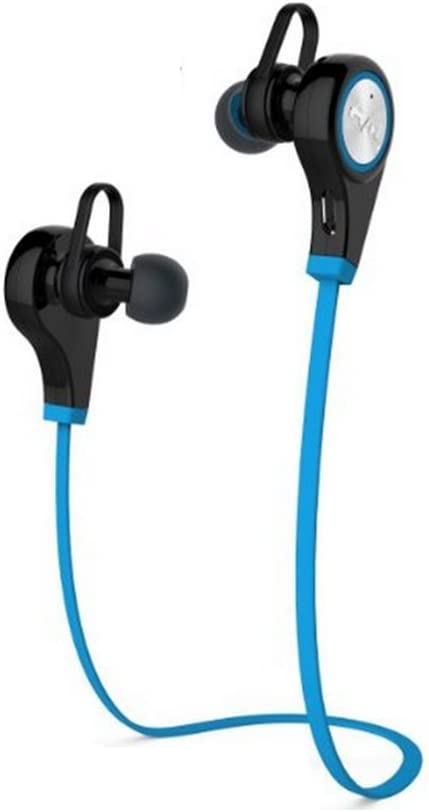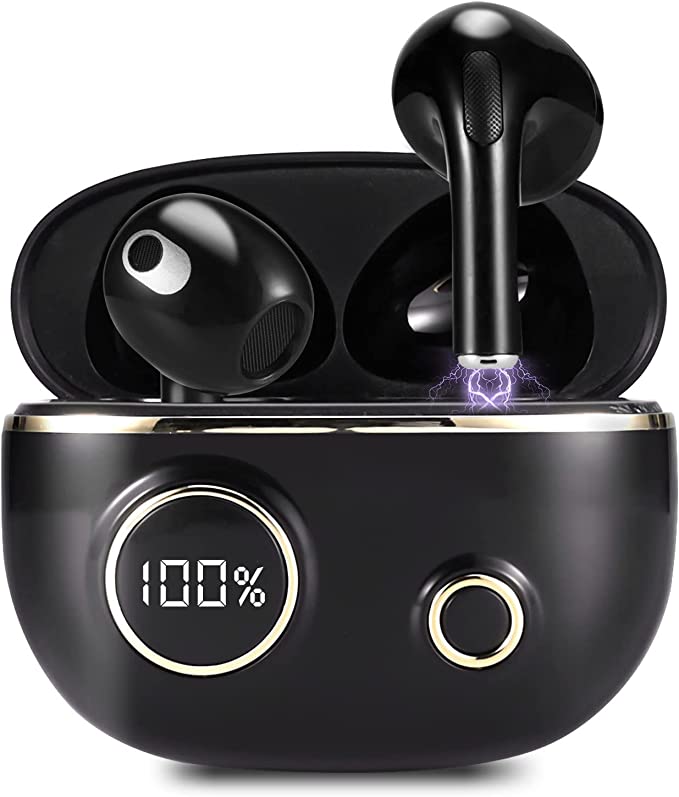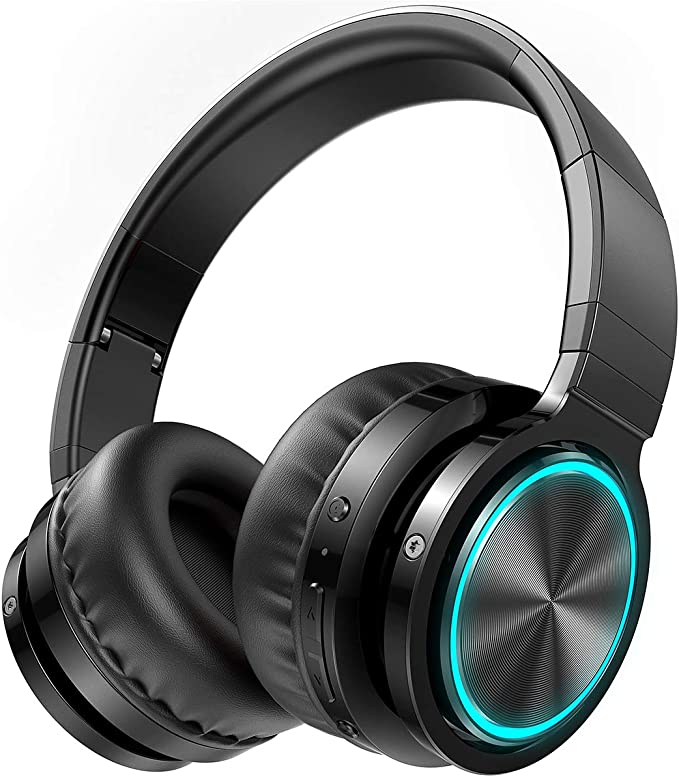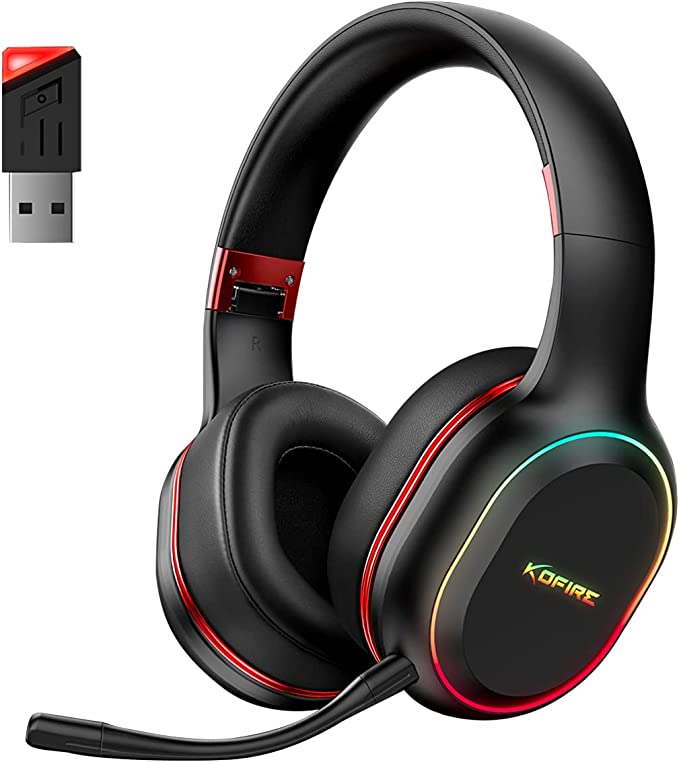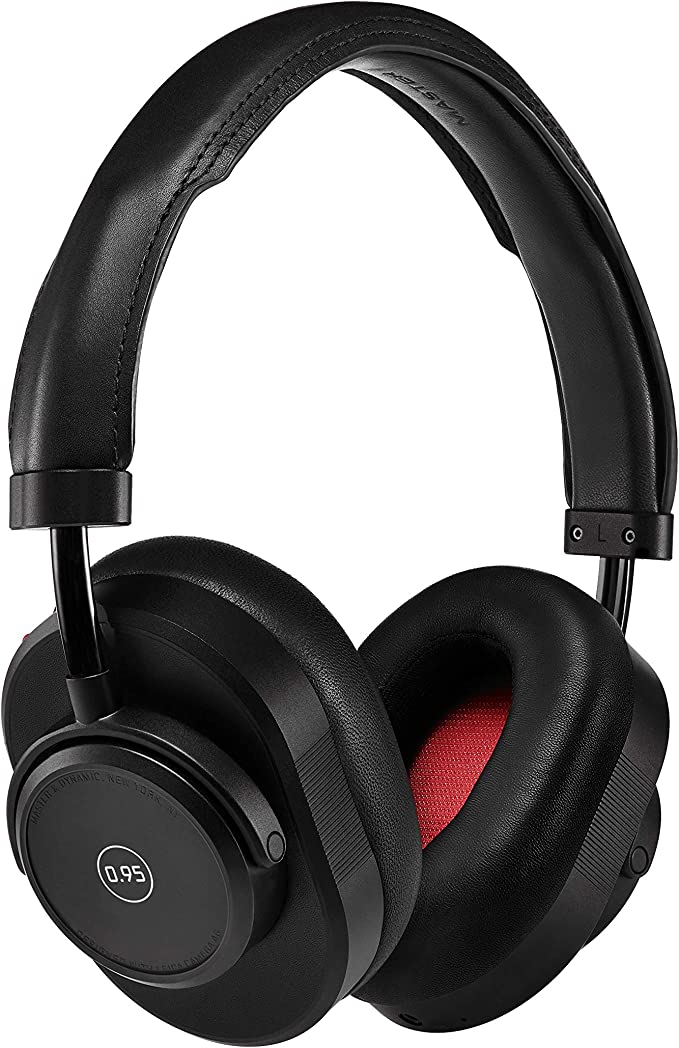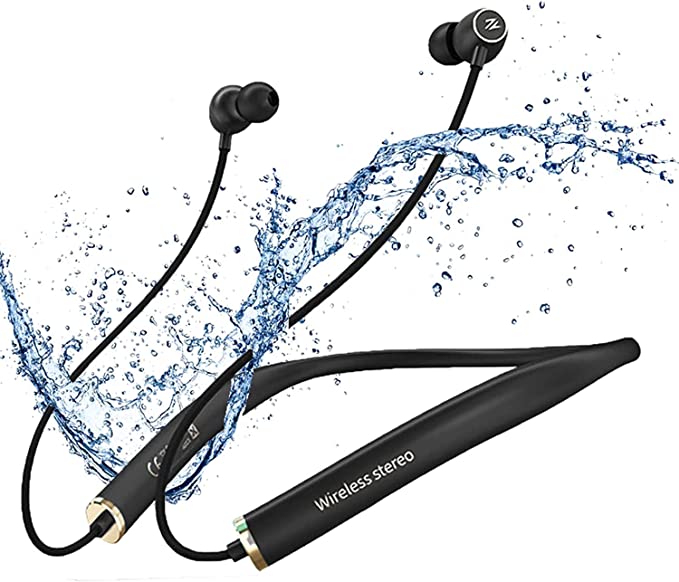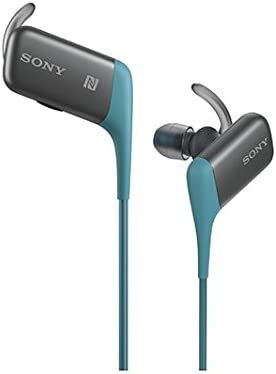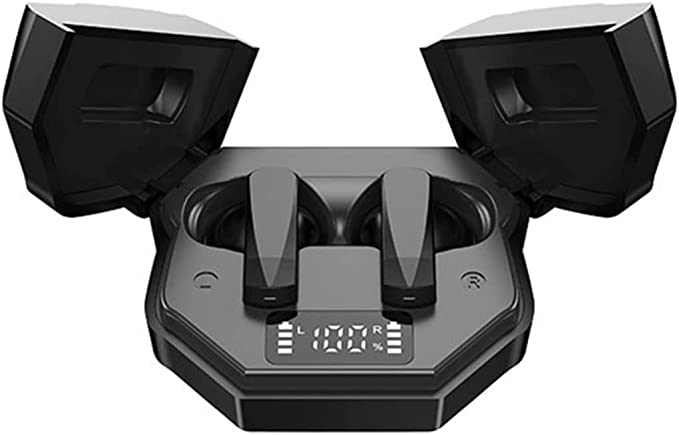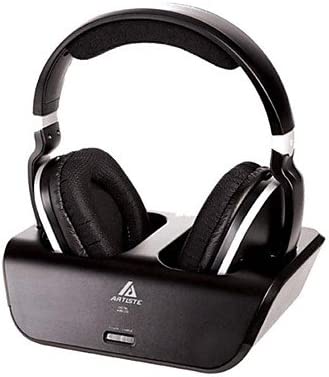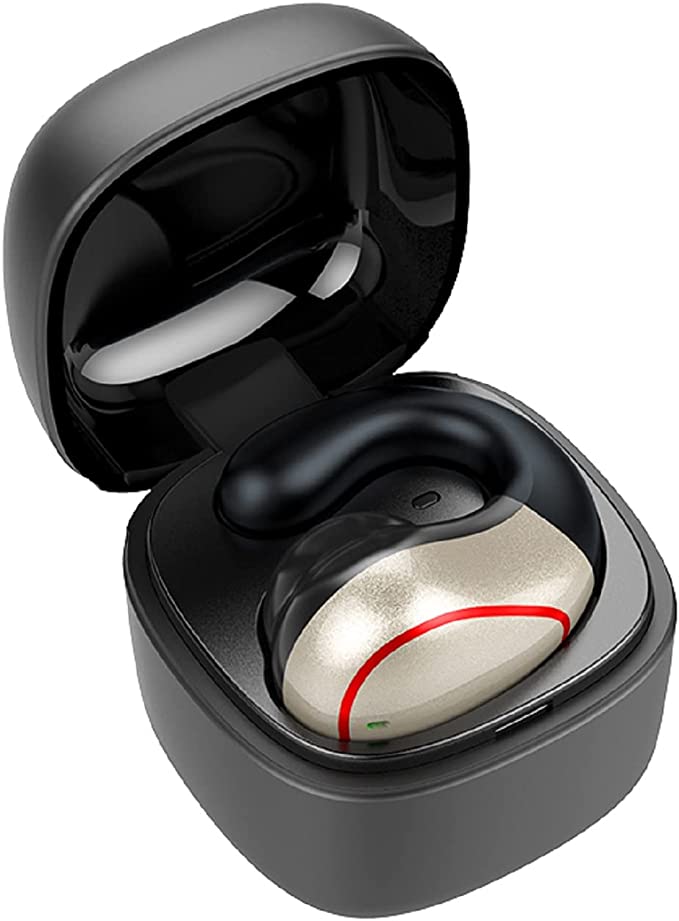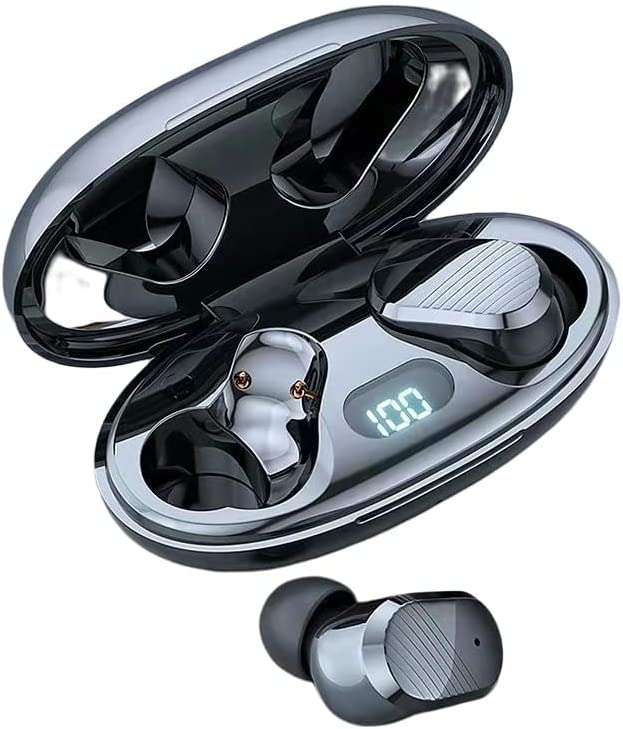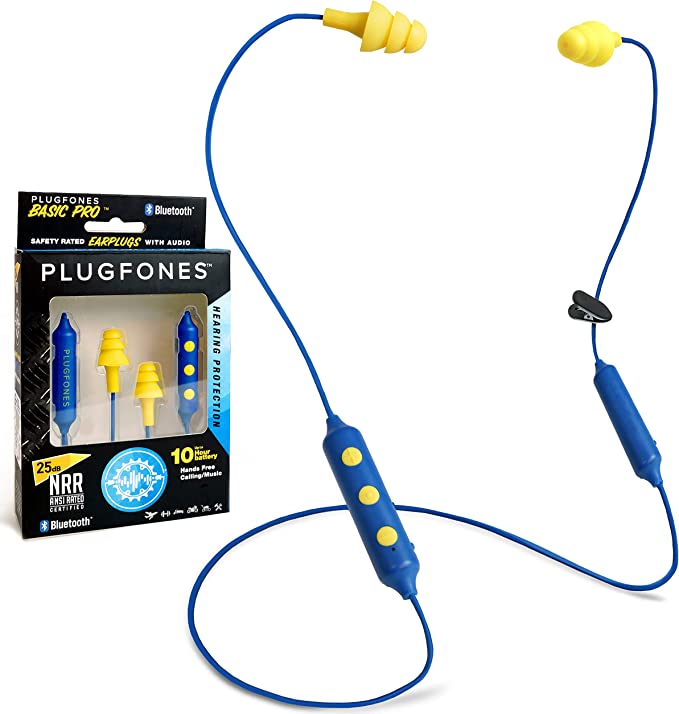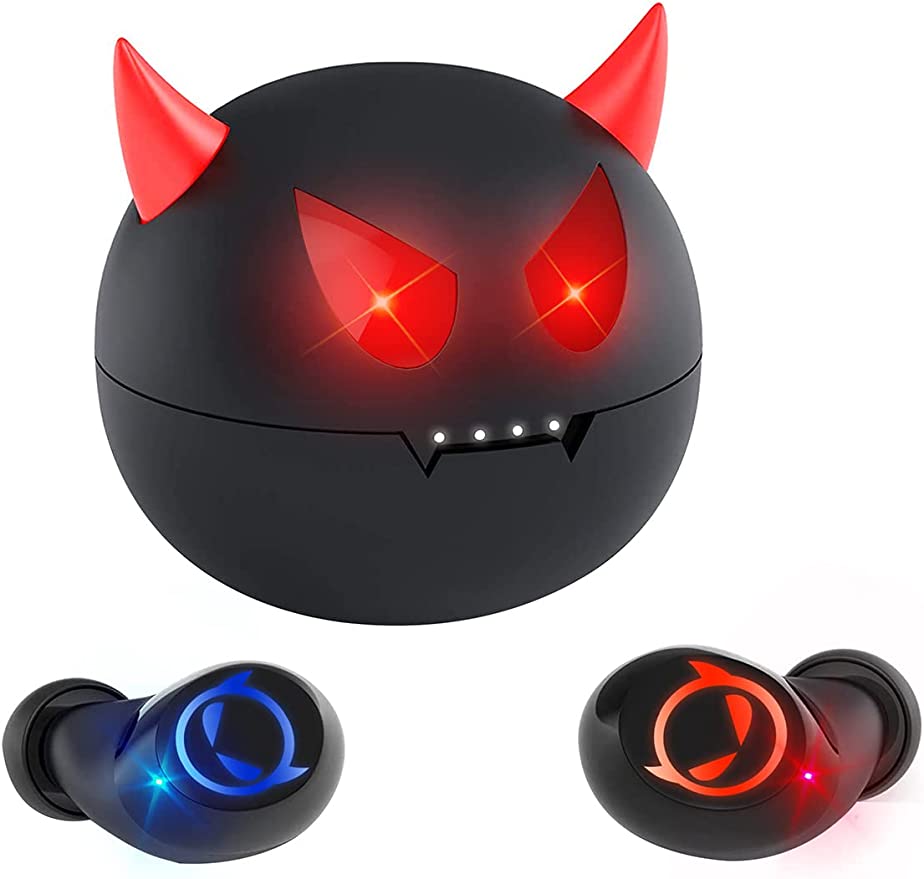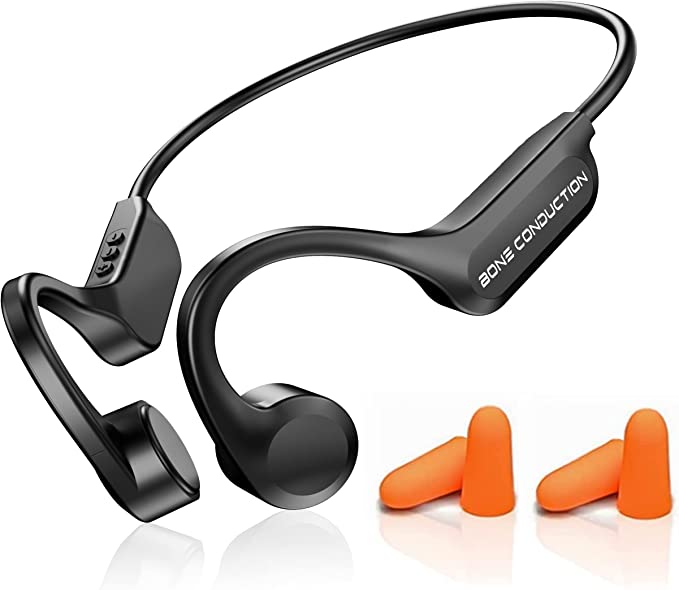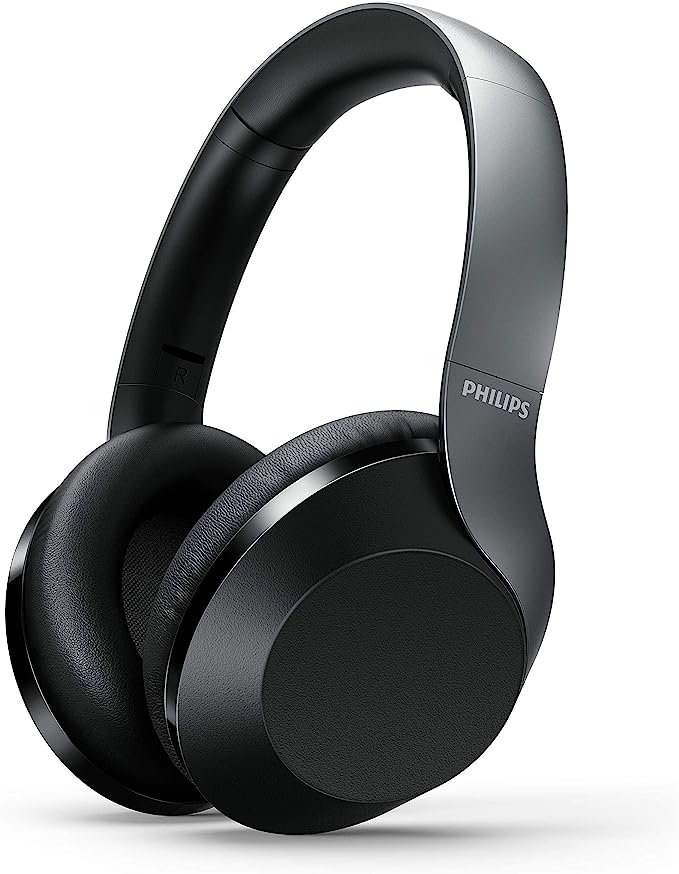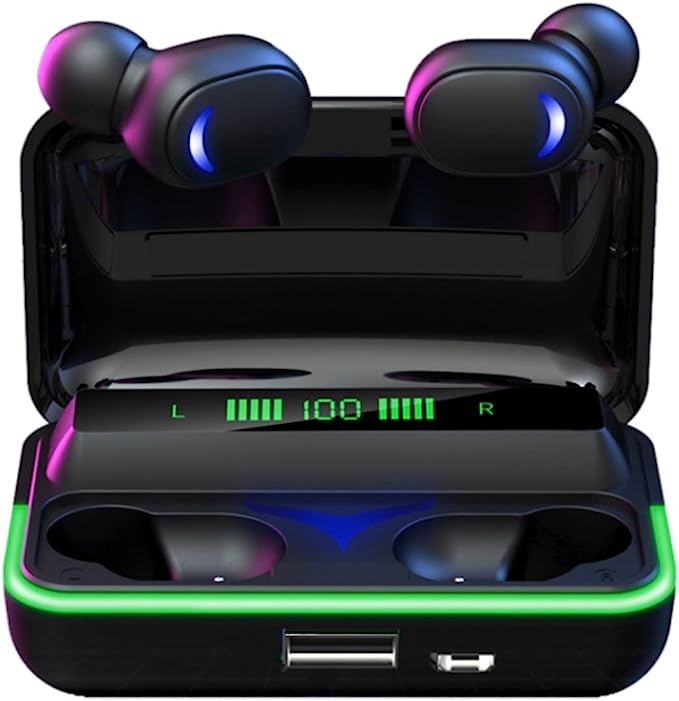Generic BGDDR Gaming Headphones: Immersive Sound and Comfort for Gamers
Update on March 7, 2025, 3:14 p.m.
The final seconds ticked away. Tension hung thick in the air, heavier than the humid summer night. My character crouched behind a crumbling wall, heart pounding in my chest – or was that just the in-game bass? A faint rustle… left? Right? I strained to hear, my old headphones muddying the crucial sound. Too late. A flash of movement, a burst of gunfire, and the dreaded “DEFEAT” screen splashed across my monitor. That missed footstep, that tiny auditory clue, cost me the match. It was a stark reminder: in the competitive world of gaming, sound isn’t just an enhancement; it’s a weapon.
And that’s what makes a good gaming headset so critical. It’s not about blasting explosions at maximum volume; it’s about providing the clarity, precision, and comfort needed to gain a true competitive edge. Let’s take a closer look at a headset that aims to deliver that edge: the Generic BGDDR Gaming Headphones. But instead of a sales pitch, we’re going on a journey into the science of sound.

The Demands of the Digital Battlefield
Before we even crack open the headset (metaphorically speaking, of course!), let’s consider what gamers really need. It boils down to four key factors:
-
Low Latency: The delay between when a sound occurs in-game and when you hear it. A significant lag can be the difference between victory and defeat, especially in fast-paced games. Imagine hearing the enemy’s reload after they’ve already fired – not a good situation.
-
Clarity: It’s not enough to just hear sounds; you need to hear them clearly. This means a balanced sound profile that doesn’t overly emphasize any particular frequency range. You need to distinguish between the subtle rustle of footsteps and the booming roar of an explosion.
-
Positional Audio: This is where things get really interesting. A good gaming headset can create a sense of space. You should be able to pinpoint the direction and distance of sounds, giving you a crucial advantage in knowing where your enemies (or allies) are.
-
Comfort: Let’s face it: marathon gaming sessions are a reality. A headset that feels like a medieval torture device after an hour is simply not going to cut it. Comfort is paramount for maintaining focus and avoiding distractions.
So, how does the Generic BGDDR headset attempt to meet these demands? Let’s start by understanding the fundamental building block of any audio experience: sound itself.
Decoding Sound: The Journey from Vibration to Perception
Sound, at its core, is simply vibration. When an object vibrates – whether it’s a guitar string, a vocal cord, or the diaphragm of a headphone speaker – it creates pressure waves in the surrounding medium (usually air). These waves travel outward, and when they reach our ears, they’re converted into electrical signals that our brains interpret as sound.
These pressure waves aren’t all the same. They vary in two key properties:
-
Frequency: This refers to the number of waves that pass a given point per second, measured in Hertz (Hz). Higher frequency means more waves per second, and we perceive this as a higher pitch. Think of the high-pitched whine of a mosquito versus the low rumble of thunder. The human ear can typically hear frequencies ranging from 20 Hz to 20,000 Hz (20 kHz), although this range can shrink with age or exposure to loud noises.
-
Amplitude: This refers to the intensity of the wave, or how much the pressure fluctuates. Higher amplitude means a more intense wave, and we perceive this as a louder volume.
Headphones, then, are essentially mini-loudspeakers designed to reproduce these vibrations with as much accuracy as possible. And the heart of any headphone is its driver.
The 40mm Driver: A Closer Look
The driver is the component that actually converts electrical signals into sound waves. Think of it like a tiny, incredibly precise loudspeaker. It consists of a diaphragm (a thin, flexible membrane), a voice coil (a coil of wire), and a magnet. When an electrical signal passes through the voice coil, it creates a magnetic field that interacts with the magnet, causing the diaphragm to vibrate. These vibrations create the sound waves that we hear.
The Generic BGDDR headset features 40mm drivers. Why 40mm? It’s not an arbitrary number. The size of the driver influences its ability to reproduce different frequencies. Larger drivers can generally move more air, which is beneficial for producing lower frequencies (bass). However, larger drivers can also be less responsive to higher frequencies, leading to a muddy or muffled sound. Smaller drivers, on the other hand, are typically better at reproducing higher frequencies but may struggle with bass.
40mm represents a common compromise in gaming headsets, striking a balance between bass response and overall clarity. It allows for a sufficiently wide frequency range to capture the nuances of game audio, from the deep rumble of explosions to the high-pitched tinkle of breaking glass.
The material of the diaphragm also plays a crucial role. Common materials include paper, plastic, and various types of metal. Each material has its own unique properties that affect its stiffness, weight, and damping characteristics, all of which influence the sound signature of the driver. While the provided information specifies ABS and PU leather for the earcups, it doesn’t detail the diaphragm material of the driver itself. This would be a valuable piece of information to have for a truly in-depth analysis.

Silence is Golden: Noise Cancellation Explained
The roar of the crowd, the hum of your computer, the incessant barking of the neighbor’s dog – ambient noise can be a major distraction when you’re trying to focus on the game. That’s where noise cancellation comes in.
There are two main types of noise cancellation:
-
Passive Noise Cancellation: This relies on the physical design of the headphones to block out external sounds. Think of it like putting your hands over your ears. Over-ear headphones, like the Generic BGDDR, naturally provide a degree of passive noise cancellation by creating a seal around your ears. The materials used in the earcups – in this case, ABS plastic and PU leather – also play a role in absorbing and reflecting sound waves. The “breathable” nature of the material, as described in the product information, is a crucial factor here. While a completely sealed earcup would offer maximum noise isolation, it would also trap heat and moisture, leading to discomfort during long gaming sessions. The breathable material allows for some airflow, reducing heat buildup while still providing a reasonable level of noise isolation.
-
Active Noise Cancellation (ANC): This is a more sophisticated technology that uses microphones and electronics to actively counteract incoming sound waves. ANC headphones have tiny microphones that “listen” to the ambient noise. The headphones then generate an “anti-noise” signal that is 180 degrees out of phase with the incoming noise. When these two signals combine, they effectively cancel each other out. The Generic BGDDR, based on the provided information, does not appear to feature active noise cancellation. It relies solely on passive noise isolation.
The noise-canceling microphone, however, is a different story. This feature focuses on reducing the background noise picked up by the microphone, ensuring that your voice comes through clearly to your teammates. This typically involves a combination of directional microphone design (picking up sound primarily from your mouth) and digital signal processing (filtering out unwanted noise).

Wireless Freedom: Bluetooth 4.2 Unveiled
Wired headphones have traditionally been favored by gamers for their low latency and reliable connection. However, wireless technology has come a long way, and Bluetooth has become increasingly popular for gaming headsets.
Bluetooth is a wireless communication standard that uses radio waves to transmit data over short distances. It operates in the 2.4 GHz frequency band, the same band used by Wi-Fi and many other wireless devices.
The Generic BGDDR headset uses Bluetooth version 4.2. This version, released in 2014, offered several improvements over its predecessors, including:
- Increased Data Transfer Speeds: While not as fast as later Bluetooth versions, 4.2 offered a significant speed boost compared to older versions, which is crucial for transmitting audio data with minimal delay.
- Improved Power Efficiency: Bluetooth 4.2 was designed to be more energy-efficient, extending the battery life of wireless devices.
- Enhanced Privacy and Security: 4.2 included enhanced security features to prevent unauthorized tracking and eavesdropping.
The key question for gamers, of course, is latency. While Bluetooth 4.2 is a significant improvement over earlier versions, it’s not as fast as the newer Bluetooth 5.0 (and later) standards. Whether the latency of Bluetooth 4.2 is “good enough” for gaming is subjective and depends on the individual’s sensitivity and the type of game being played. For fast-paced, competitive games where milliseconds matter, some gamers may still prefer a wired connection or a headset using a dedicated 2.4 GHz wireless dongle (which typically offers lower latency than Bluetooth). For more casual gaming, Bluetooth 4.2 is likely to be perfectly adequate. The provided 10-meter (32.81 feet) range is standard for Bluetooth 4.2.
Comfort is King: The Ergonomics of Extended Play
As we mentioned earlier, comfort is a non-negotiable factor for gaming headsets. A headset that sounds amazing but feels terrible after an hour is simply not practical.
The human ear is a complex and sensitive structure. The outer ear (the part you can see) is made of cartilage and skin, and its shape helps to funnel sound waves into the ear canal. The shape and size of the ear vary considerably from person to person.
Over-ear headphones, like the Generic BGDDR, are designed to completely enclose the ear, resting on the skull around the ear. This design offers several advantages:
- Improved Comfort: By distributing the weight around the ear, over-ear headphones tend to be more comfortable for extended wear than on-ear headphones (which press directly on the ear) or in-ear headphones (which insert into the ear canal).
- Better Passive Noise Isolation: The seal created around the ear helps to block out external sounds.
The Generic BGDDR’s “breathable” earcup material, described as a combination of ABS plastic and PU leather, is a key factor in its comfort. PU leather (polyurethane leather) is a synthetic material designed to mimic the look and feel of real leather. It’s generally softer and more pliable than ABS plastic, which is a hard, rigid material often used for the structural components of headphones. The “breathable” aspect likely refers to perforations or a porous structure in the PU leather that allows for some air circulation, preventing heat and moisture buildup.
The adjustable headband is another crucial element of comfort. It allows the user to customize the fit of the headphones to their head size and shape, ensuring a snug but not overly tight fit.

Powering the Experience: A Look at Battery Life
The 300mAh lithium battery that comes with the Generic BGDDR works on a simple principle based on a reversible chemical reaction.
During discharge (when you’re using the headphones), lithium ions move from the negative electrode (anode) to the positive electrode (cathode) through an electrolyte. This movement of ions creates an electrical current that powers the headphones.
Charging reverses this process. When you plug the headphones in, the charger applies a voltage that forces the lithium ions to move back from the cathode to the anode, restoring the battery’s potential energy.
The Generic BGDDR has a capacity of 300 milliampere-hours (mAh). This rating indicates how much current the battery can deliver over a period of time. Higher is generally better.
The Generic BGDDR requires about 2 hours to fully charge the 300mAh battery.

Caring about your headset:
To keep your Generic BGDDR clean and good condition, wipe down the earcups and headband with a soft, slightly damp cloth to remove sweat and dust regularly.
When not in use, store your headphones in a cool, dry place, away from direct sunlight.
Avoid dropping or bending your headphones.
Conclusion
The Generic BGDDR offers features that focus on core areas.
Bluetooth 4.2 offers sufficient performance in casual gaming, and passive noise cancellation allows you to focus on your gameplay.
The battery has a good amount of capacity, coupled with comfort and stability.
